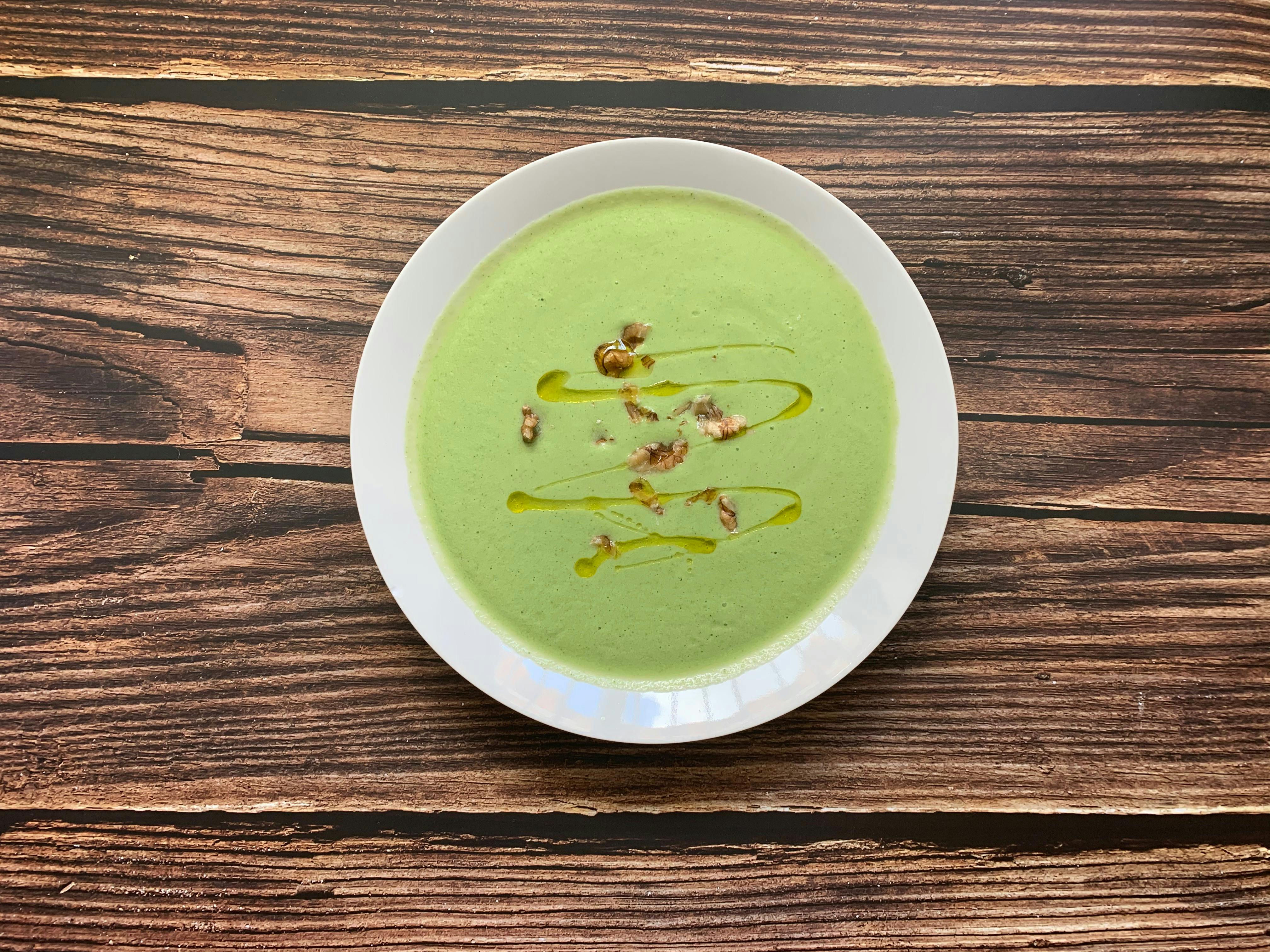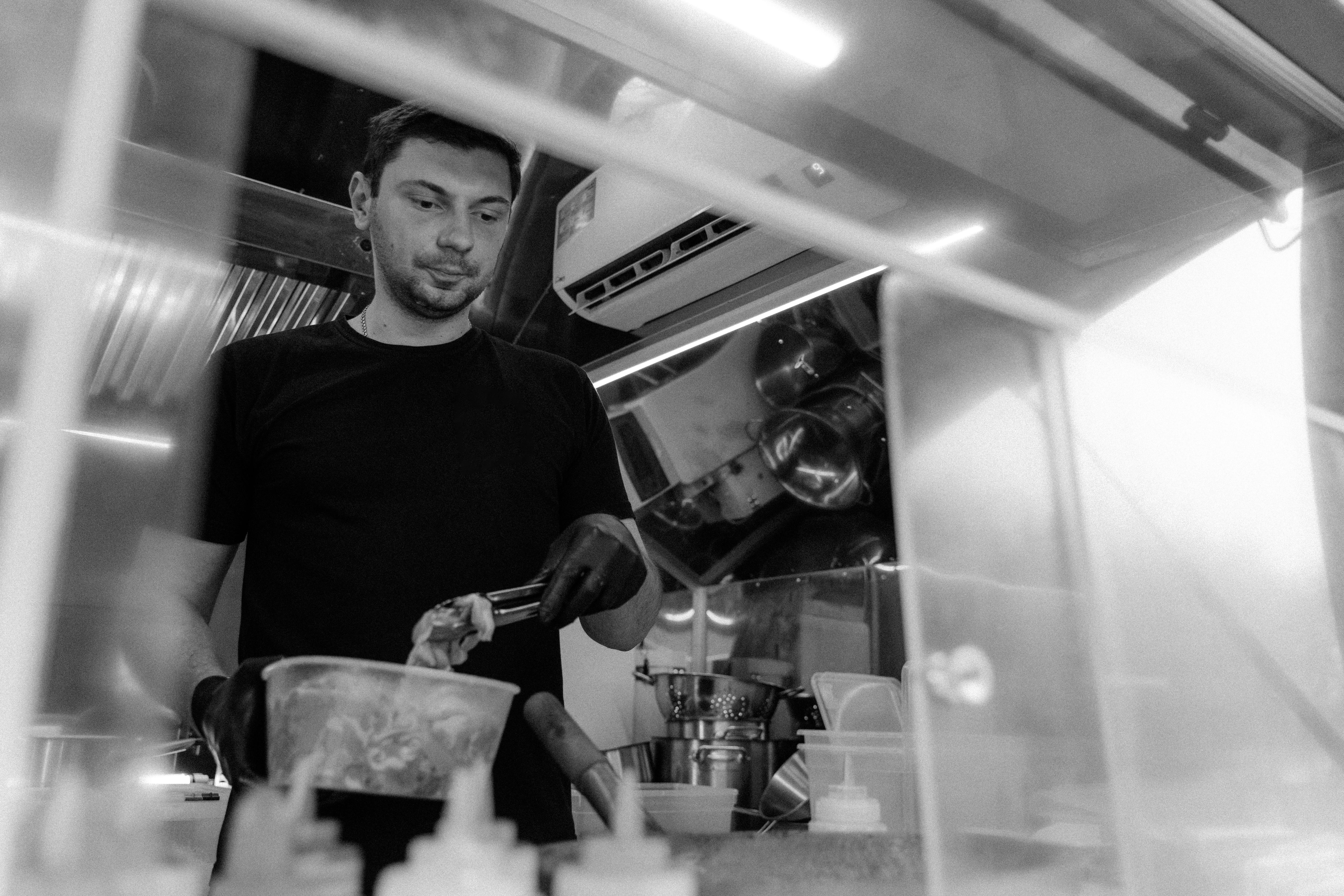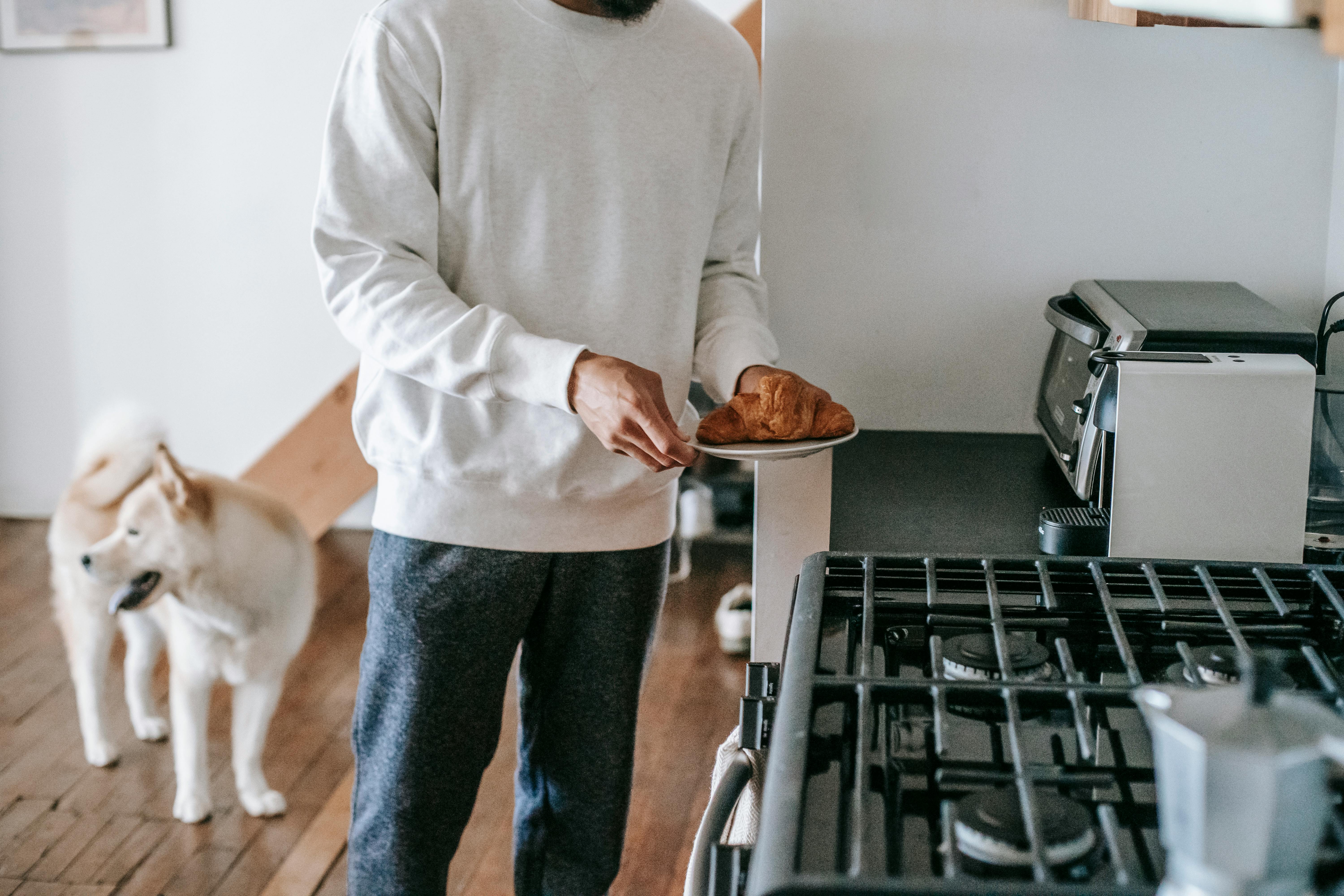If you have elderly or disabled family members at home who are in wheelchairs and need help with even simple things like making a cup of coffee, then you should consider modifying your kitchen to accommodate their special requirements. This will make them more independent, since they will no longer need your help to work in the kitchen. Wheelchair accessible kitchens can significantly improve the lifestyle of people with physical disabilities.
Access to kitchen and interior space
The first thing to consider is the front door to the kitchen. The kitchen door must be at least 32 inches wide for an average wheelchair to fit through. A wide entrance ensures that a wheelchair can pass through with ease. But a wide door will not be of much use if the space inside the kitchen is limited. The limited space inside the kitchen will make it difficult for your family member in a wheelchair to move around.
You will need to ensure that each kitchen appliance is at least 30 to 48 inches apart and that there is adequate movement space to allow for easy maneuvering of the wheelchair. Wheelchair accessible kitchens must be spacious enough to allow wheelchairs to move freely.
the sink area
Although sufficient mobile space is a prerequisite for a wheelchair-friendly kitchen, your task doesn’t end there. You should also focus on the sink. The sink is one of the most problematic kitchen areas when it comes to wheelchair users. You should design your sink so that it is shallow so that a person in a wheelchair can easily access it. If you can’t find a shallow sink, then you should get a barrier-free sink.
the kitchen counter
Even if you have a shallow or barrier-free sink, it may not be very useful if it sits on top of a conventional kitchen counter. That is, if your sink is placed on a high, raised counter, a person in a wheelchair will not be able to access it. Conventional countertops typically have cabinet space under the sink, making it difficult for a person in a wheelchair to access the sink. You would need room to adjust your knees while doing the dishes. A wheelchair-friendly kitchen should ideally have a counter with enough space for your knees below.
Getting to the sink faucets
A person sitting in a wheelchair may have difficulty accessing the sink taps. You can solve this problem by making use of lever handles that can be adjusted. These lever handles can be attached to the faucet so they can be extended forward from the back of the sink. This would make the faucets easily accessible.
swing door devices
If your kitchen has appliances that have a hinged door, you need to make sure they are accessible from both sides. A person in a wheelchair must be able to operate the appliance from either side of the door. Ideally, wheelchair-accessible kitchens should have appliances with a side-opening door.



